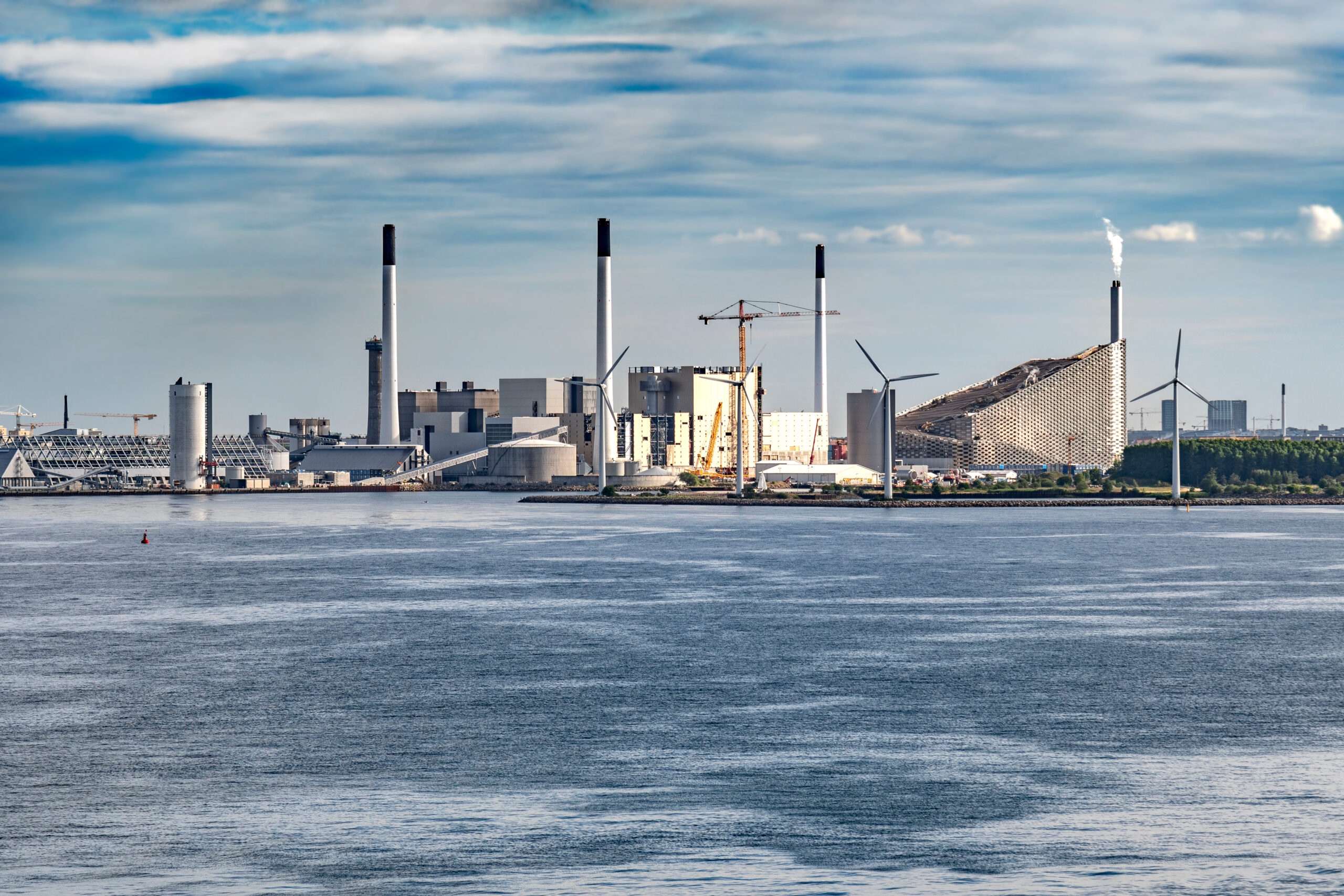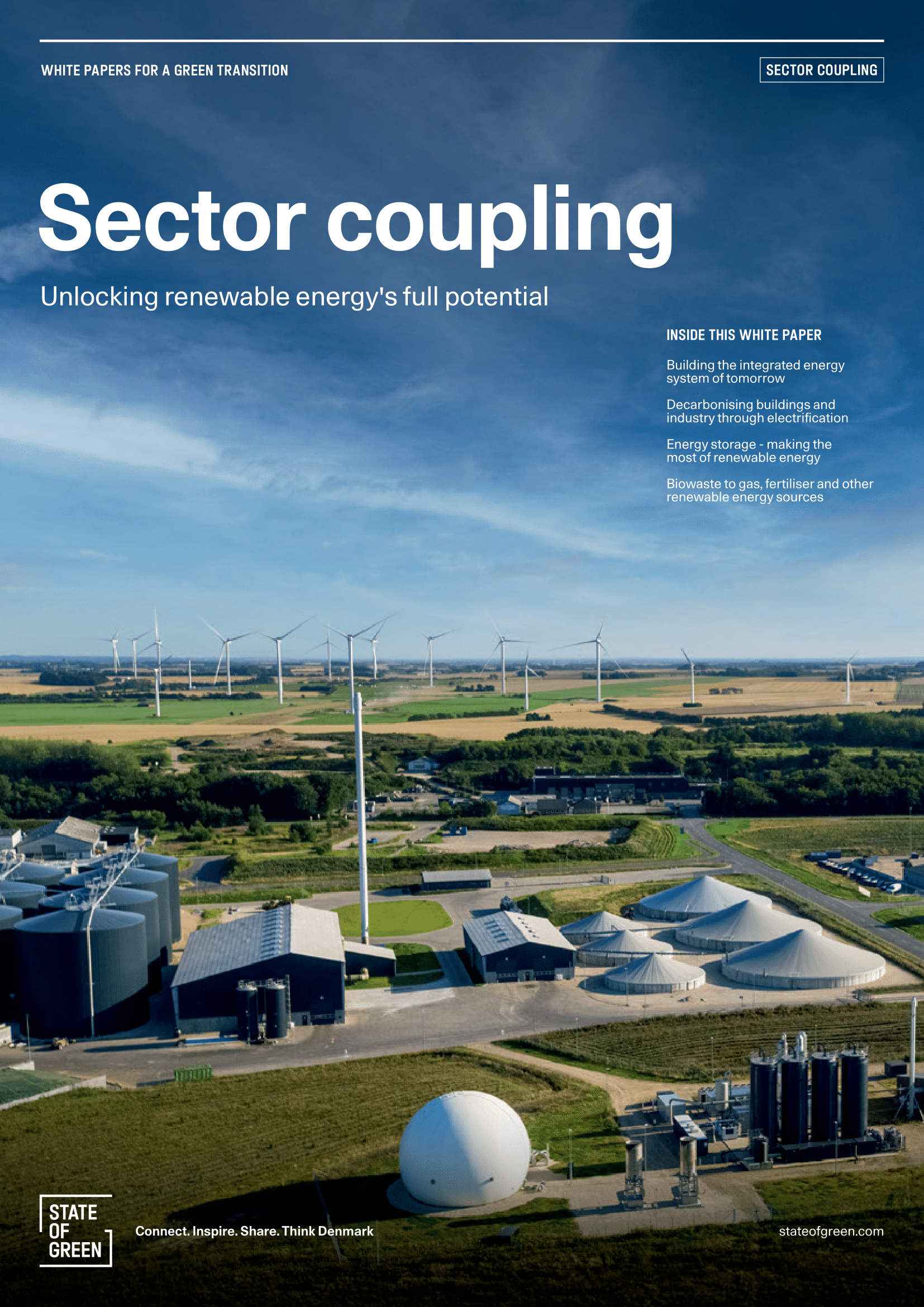Download our publication on district energy
Discover our white paper on district energy – the backbone of a flexible, resilient and efficient energy system.
Explore the publicationPerspective
District energy
Digitalisation
District heating
+2



Discover our white paper on district energy – the backbone of a flexible, resilient and efficient energy system.
Explore the publicationThe electricity supply of the future will primarily be based on intermittent renewable energy sources. For those sources to be utilised in the most efficient, economic and secure way, a lot of integration, balancing and storage efforts are required, which has fostered an increased focus on the potentials of sector coupling.
Interconnecting energy producing and consuming sectors
Sector coupling refers to the coordinated planning and operation of the energy system across multiple sectors (electricity, heating, cooling, transport and industry) to maximise the use of renewable energy, enhance system flexibility and achieve greater energy efficiency and security. In this integration, district heating can play a central role due to its versatility.
In Denmark, the first steps towards sector coupling were taken with the initial implementation of combined heat and power (CHP)-based district heating systems, driven by the need for efficiency and cost-effectiveness. CHP plants are a prime example of sector coupling, as they can generate both electricity and heat, optimising fuel use and reducing emissions. Here, heat pumps serve as a complementary solution, as they can absorb electricity when it is cheap and abundant, efficiently producing heat to support the stabilisation and balancing of power markets
Making the most of all types of heat
Surplus heat from industrial processes and low-quality heat from sources like wastewater and data centres are often wasted. By connecting sectors, these can become a valuable resource that can easily be utilised in a district heating system. Where industrial or commercial buildings are near a thermal grid, it can be beneficial to collaborate with the local utility company in utilising the surplus or low-quality heat. Not only is there a financial gain, but surplus heat will also replace the use of less efficient sources in heat production.
Additionally, using district heating for sector coupling can help the development of enabling green technologies like power-to-x and carbon capture and storage, by reducing the energy intensity and improving business cases.
The necessity of storage
Integrating more intermittent energy sources into the energy system also calls for increased storage capacity within the system to decouple production and consumption times. District heating allows for cost-effective thermal storage on relatively large scales from day-to-day and season-to-season. This allows heat to be produced when the production cost is low, and further enables the absorption of cheap renewables into the energy system.
In Denmark, all district heating systems have access to some form of thermal storage to manage heat availability from CHP plants, solar collectors, surplus wind electricity, and industrial heat. Short-term heat storage allows for optimised production management of CHP plants and heat pumps based on demand forecasts and power prices. Larger-scale storage, such as pit and groundwater systems, can be used for seasonal storage, saving excess summer heat for use in colder seasons, but also for weekly or monthly storage to accommodate shorter weather patterns. This is crucial not only for the green transition but for our security of supply and economic stability.

Excess heat from industry has the potential to heat up millions of homes. Currently, the amount of heat wasted in the EU industry corresponds to the heat demand of 10 million single family households. This is one of the reasons why it is imperative to engage in sector coupling from a district heating perspective.

Download our white paper Sector coupling – Unlocking renewable energy’s full potential
Explore the white papersolutions
Combined heat and power production
+6
solutions
Energy efficiency in buildings
+2